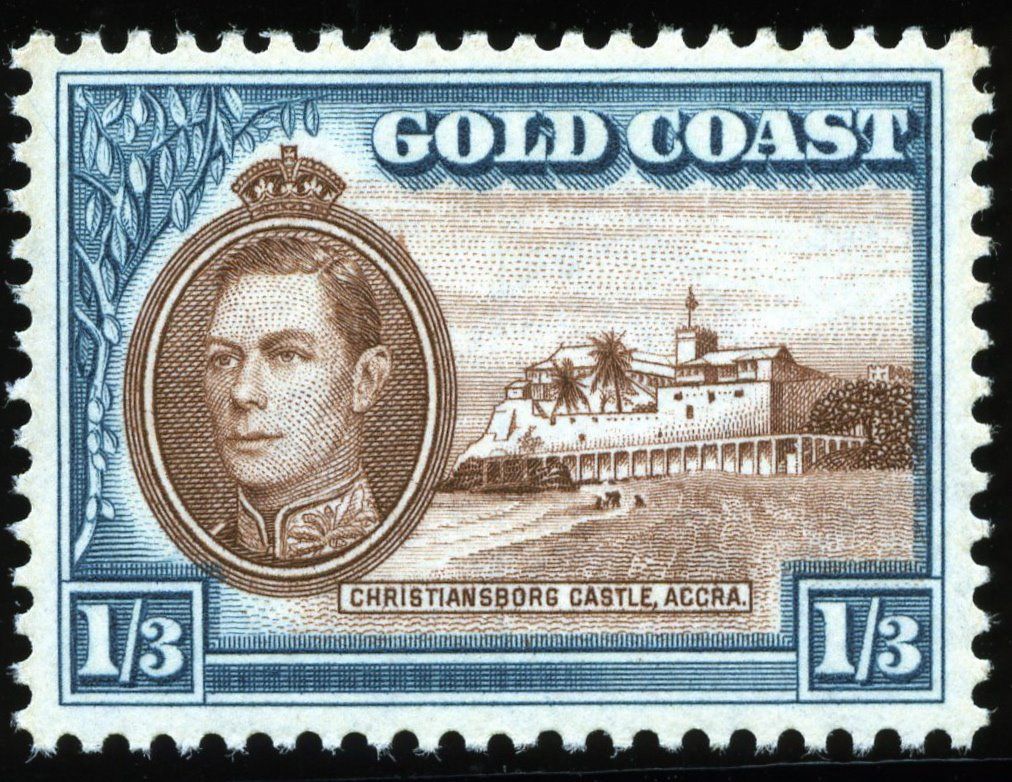The Gold Coast was a British Crown Colony on the Gulf of Guinea in West Africa from 1821 until its independence in 1957.
By 1901, the British had established a colony incorporating all of the Gold Coast, with its kingdoms and tribes considered a single unit. The British exploited and exported a variety of natural resources such as gold, metal ores, diamonds, ivory, pepper, timber, grain and cocoa. The British colonists built railways and a complex transport infrastructure to support the shipment of such commodity goods. This has formed the basis for the transport infrastructure in modern-day Ghana. They also built Western-style hospitals and schools to provide modern amenities to the people of the empire. Promising Ashanti and Fante young men often completed their higher education in Britain at some of its top universities.
By 1945, in the wake of a major colonial role in the Second World War, nationalists in the Gold Coast took a leadership role in demanding more autonomy. In 1951–55 they shared power with Britain. By 1956, British Togoland, the Ashanti protectorate, and the Fante protectorate were merged with the Gold Coast to create one colony, which became known as the Gold Coast.
The Ghana Independence Act 1957 constituted the Gold Coast Crown Colony as part of the new dominion of Ghana.
Articles
- Big Blue 1840-1940: Gold Coast
- Musical Stamps: Gold Coast / Ghana Stamp with Drummer 1957
- Philatelic Database: Stamps of the Gold Coast 1952-1954
- Stamp Forgeries: Forged Stamps of Gold Coast







